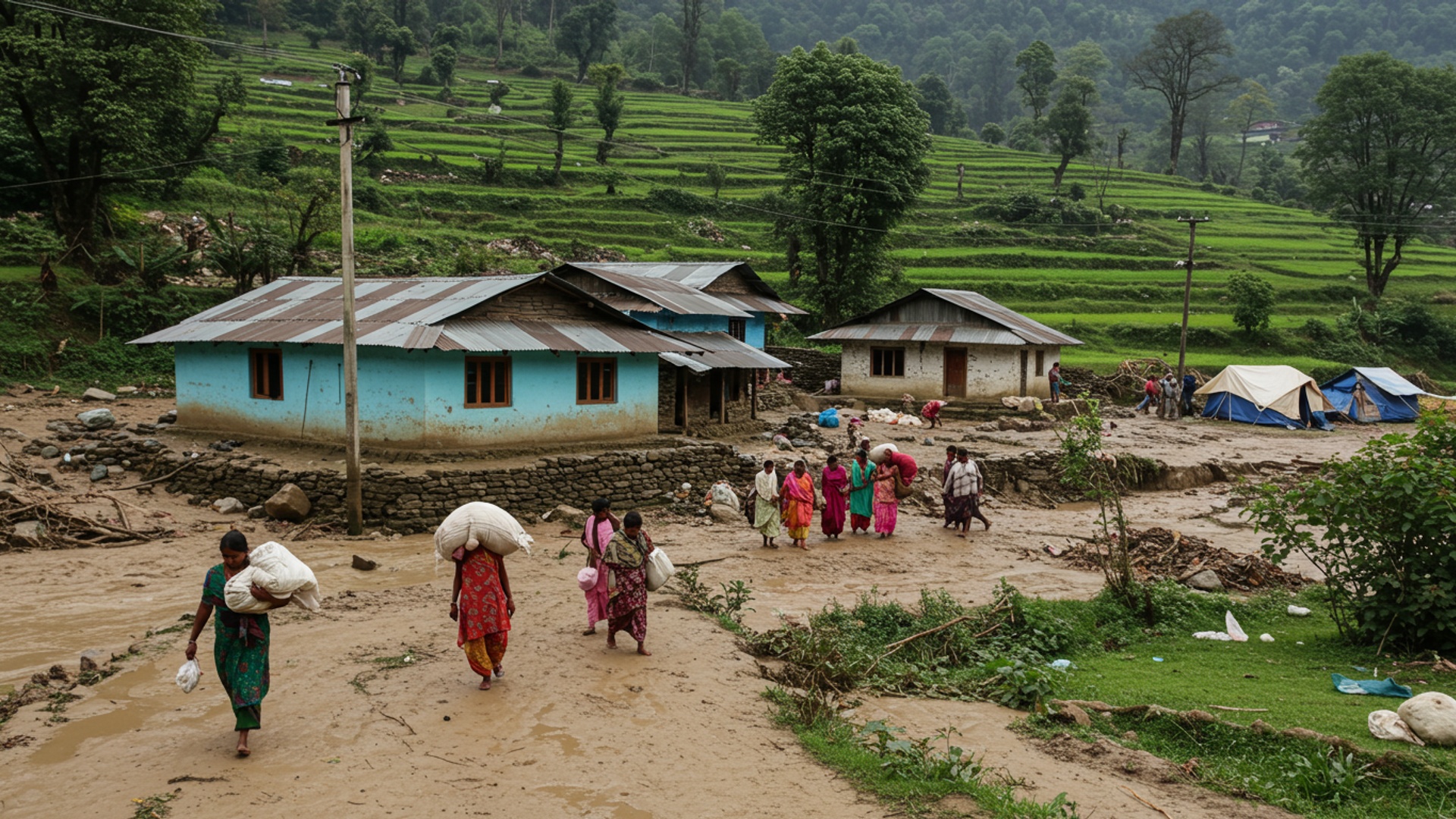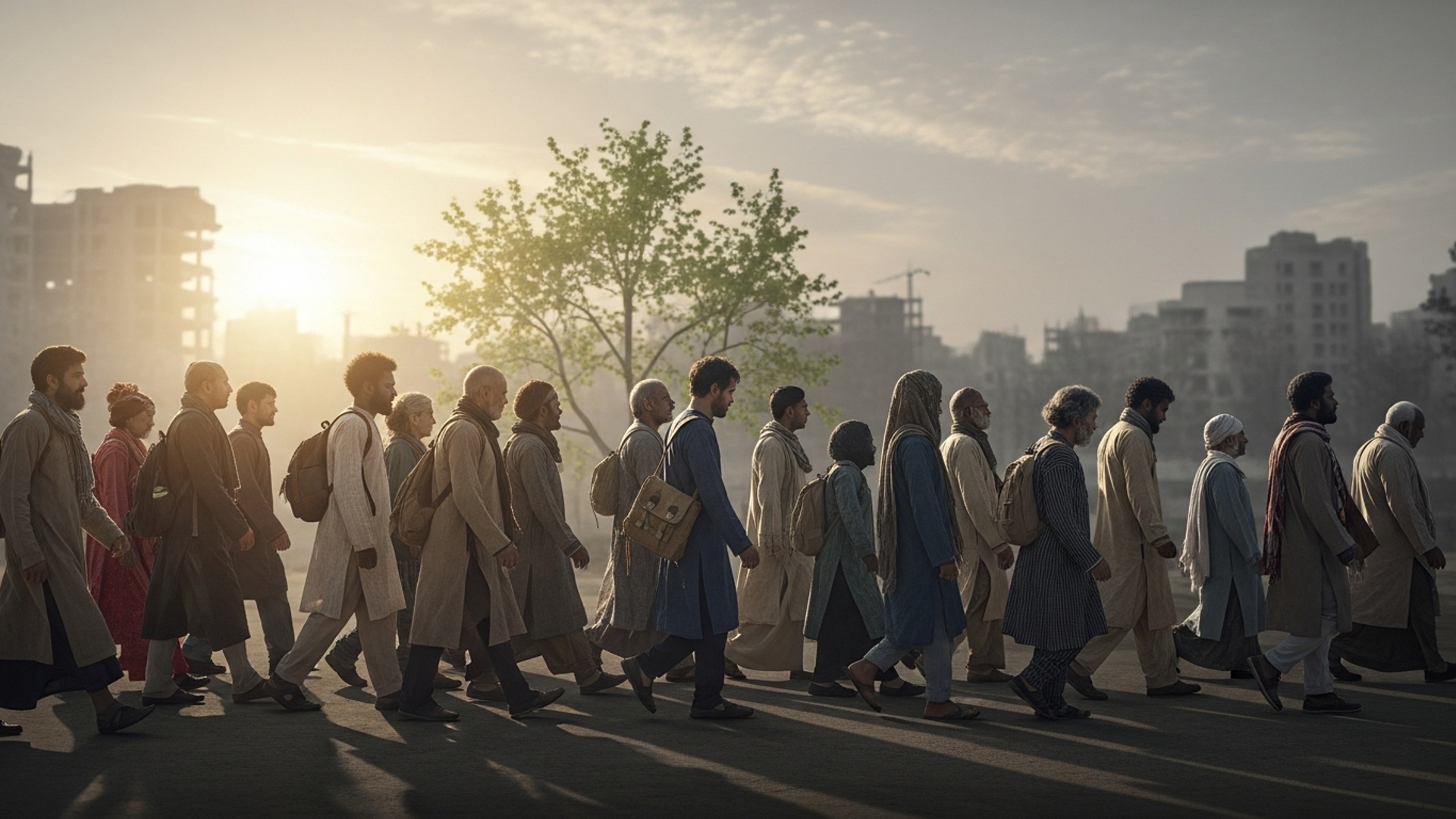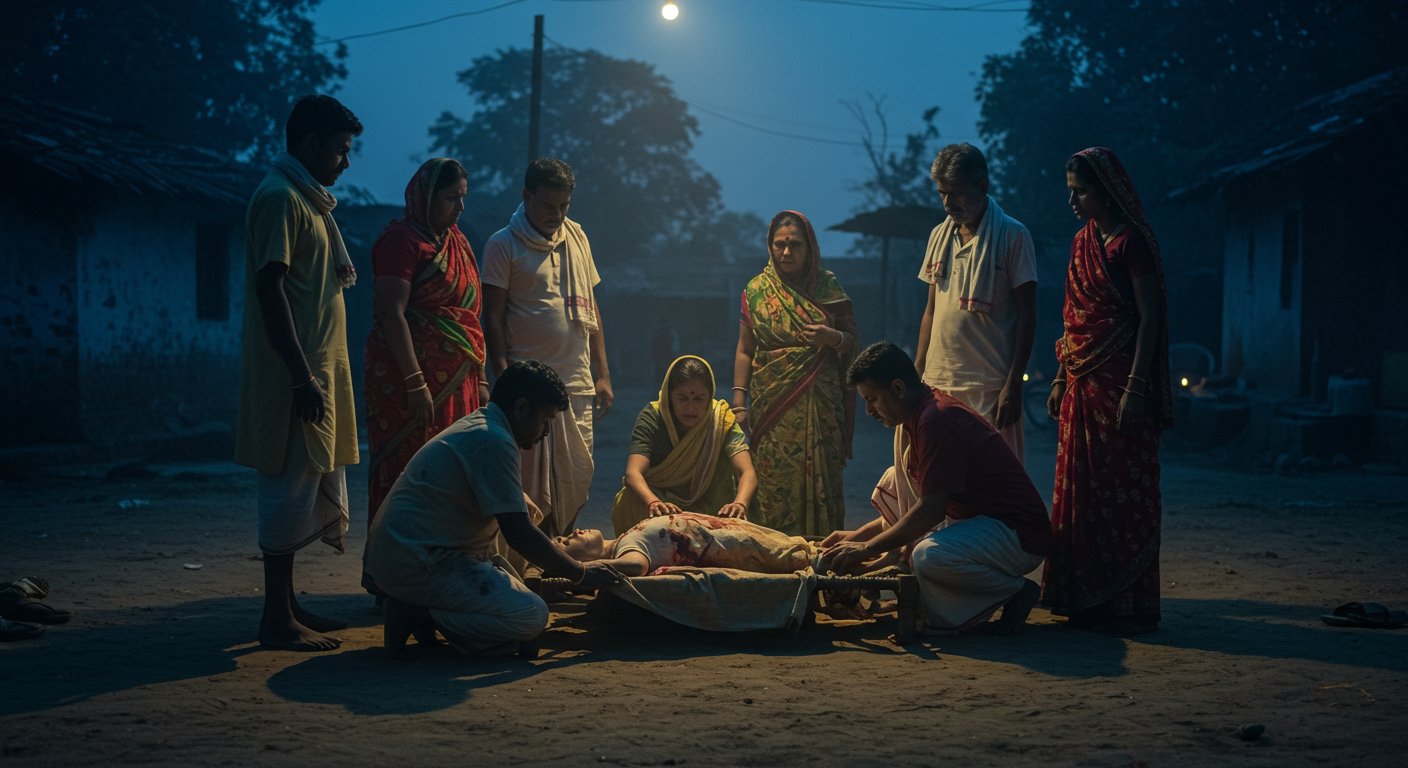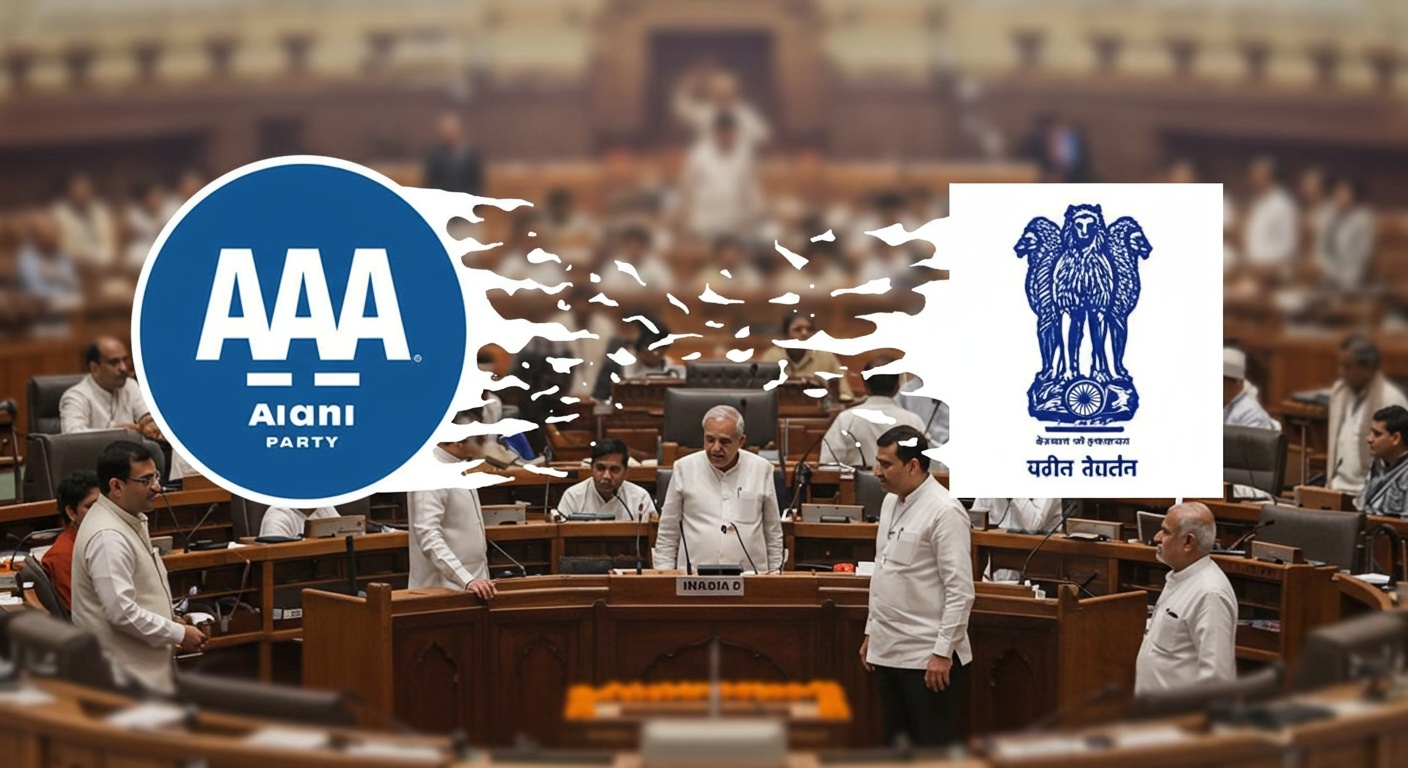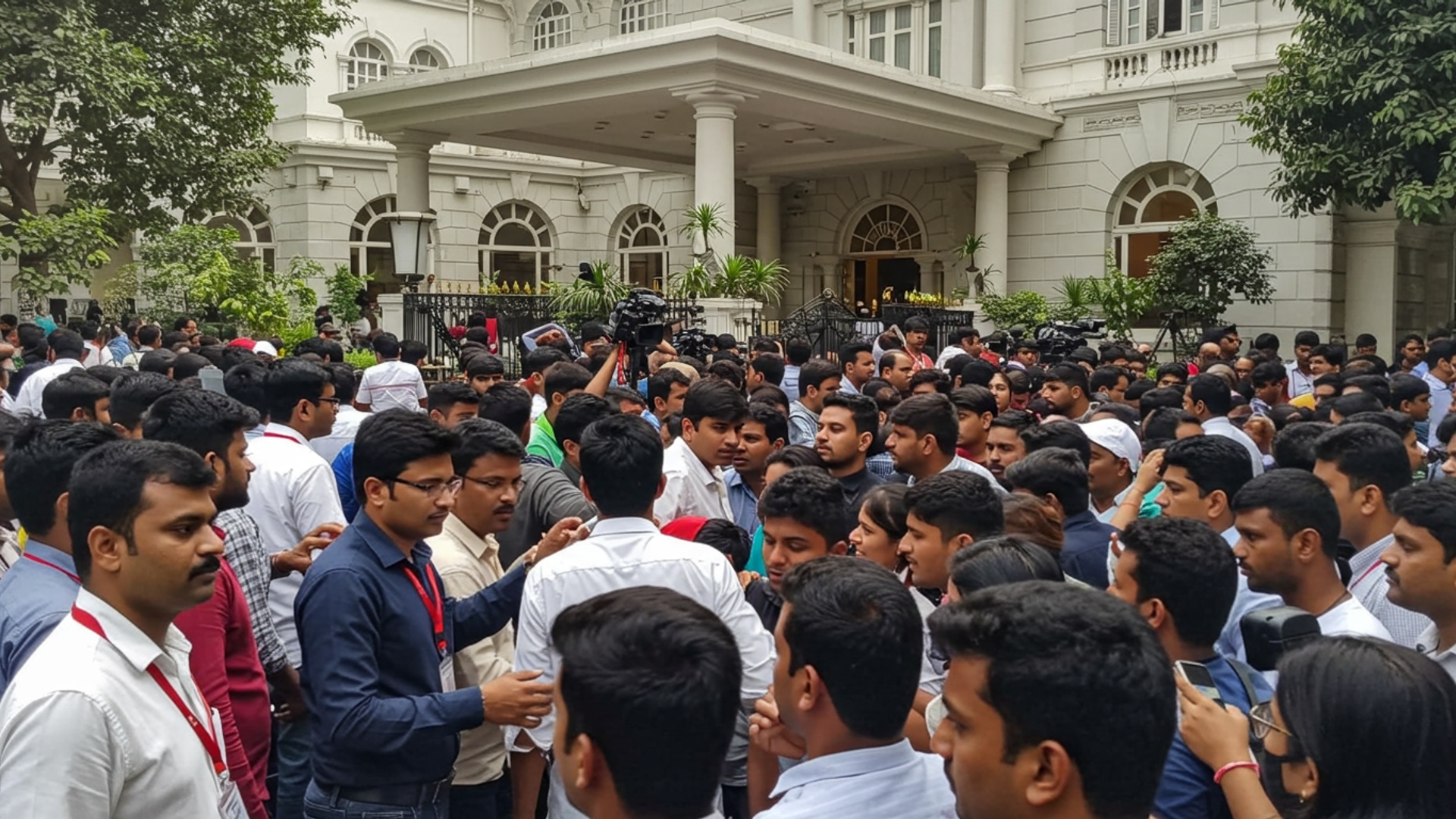The relentless monsoon season continues to wreak havoc across Uttarakhand, with a staggering 245 villages now completely devastated by floods and landslides. Heavy rains persist, submerging homes and cutting off communities, sparking a dire humanitarian crisis for thousands displaced across the affected regions. In response to the widespread destruction, state authorities have already spent ₹111 crore on urgent rehabilitation efforts, working to provide immediate relief and begin the arduous task of rebuilding. The sheer scale of damage underscores the urgent need for sustained support as vulnerable populations face an uncertain future amidst nature’s fury.
The Continuing Impact of Monsoon Rains
Uttarakhand is currently experiencing the harsh effects of its yearly monsoon season. Heavy rainfall has led to landslides, flash floods. cloudbursts across the state. These events have caused widespread damage, affecting many communities. Over the past 14 years, 245 villages in Uttarakhand have been severely impacted by such natural events. This means that, on average, 17 villages are damaged each year, forcing many families to leave their homes.
Recent reports highlight the ongoing difficulties. For instance, on August 5, 2025, a major flash flood hit Dharali village in Uttarkashi. This event, likely caused by a cloudburst or a glacial lake burst, resulted in several deaths and left many people missing. The disaster at Dharali, where a local market was completely swept away, has been compared to the very severe Kedarnath disaster of 2013 due to its scale of destruction.
The continuous heavy rains have caused rivers and streams to overflow. This has damaged many roads and made many residents move from their homes in different districts. Chamoli district, in particular, has been dealing with constant rainfall. The India Meteorological Department (IMD) has issued warnings for heavy to very heavy rainfall in several districts, including Dehradun, Tehri, Pauri, Haridwar, Udham Singh Nagar, Nainital. Bageshwar, raising concerns about more landslides and flash floods.
Widespread Damage to Homes and Land
The monsoon’s heavy downpour has led to extensive damage to both homes and public structures. In many areas, entire villages have been reported to be washed away, such as in the Dharali region near Harsil in Uttarkashi. Videos from affected areas have shown violent streams of water sweeping away houses and plants. Eyewitnesses have described the scene as one where “everything from hotels to markets has been destroyed.” Over a dozen hotels and several shops were reported to have collapsed in the Dharali incident.
Beyond the immediate destruction of homes, the heavy rains have also severely affected key infrastructure.
- Roads have been blocked by debris and large rocks. For example, 324 roads, including 185 in Kumaon, were blocked recently.
- vital highways, like National Highway 109, have been damaged.
- Bridges are also at risk. The iron bridge over the Mandakini River in Kund, which links to Kedarnath, is under threat because strong river currents are eroding its support pillars. Cracks have appeared on the bridge. its foundation is weakening quickly, posing a risk of a major accident.
The state’s hilly areas have been experiencing non-stop rainfall since the start of the monsoon, leading to constant weather problems.
Government Steps for Aid and Relocation
In response to the severe monsoon impact, the state government has taken steps for relief and rehabilitation. So far, the government has carried out rehabilitation and relocation for 2,629 affected families. A senior official from the State Disaster Management Authority stated, “We are not just managing disasters; we are constantly relocating entire communities. The financial burden is substantial. the safety of our citizens is most crucial.”
Various teams, including the Indian Army, National Disaster Response Force (NDRF), State Disaster Response Force (SDRF), state police. local administration, are involved in rescue operations. They are working in difficult weather and dealing with damaged infrastructure to reach the affected areas.
The Chief Minister of Uttarakhand has also been in regular contact with officials managing the rescue work. He has instructed officials to ensure proper medical care for those injured and to move affected people to safer places. In certain areas, like Chamoli district, the administration has temporarily closed all educational institutions, including schools and Anganwadi centers, for student safety due to heavy rain.
Financial Efforts for Rebuilding Lives
The financial cost of the monsoon damage and the subsequent relief efforts is significant. More than ₹111 crore has already been spent on moving and rehabilitating affected families in Uttarakhand. This highlights the large financial strain on the state’s money reserves. For the current financial year (2025-26), a budget of ₹20 crore was set aside for the rehabilitation and relocation of villages hit by disasters. Out of this, ₹11. 44 crore has already been provided, helping 255 families in 12 villages with their rehabilitation and displacement needs.
The Union Finance Minister has also announced financial help for flood-affected states, including Uttarakhand, in the Union Budget 2024. This assistance will support flood management projects and reconstruction efforts in the Himalayan states. This wider support is crucial given the ongoing nature of the crisis. Before 2017, only 11 families from 2 villages were rehabilitated with ₹37. 5 lakh. But, from 2017 to 2020, ₹29. 12 crore was provided for rehabilitation, leading to 688 families from 25 villages being relocated during that three-year period.
Challenges in Rescue and Repair Work
Despite the efforts, rescue and repair operations face many challenges. The ongoing heavy rainfall makes the situation worse and slows down restoration work. For example, the Border Roads Organisation (BRO), which is responsible for fixing roads, has had to stop work at several sites because of heavy rain. A senior BRO officer stated that it is difficult to assess the full extent of the damage until water drains away. repairs can only begin after that.
One major concern is the formation of temporary lakes due to landslides blocking rivers. In the upper parts of Harsil, a temporary lake about 400-500 meters long has formed after the August 5 flash flood in Dharali. Officials are worried that if this lake breaks suddenly, it could send a surge of water downstream, causing more destruction. Efforts are focused on draining this lake in a controlled manner to protect lives. Teams of geologists have been sent to assess the stability of such lakes and suggest safe ways to release the water.
Looking Ahead to Long-Term Safety
The repeated natural events in Uttarakhand highlight a need for long-term safety plans. The Himalayas are a young mountain range. factors beyond their natural geology are making these disasters more common each monsoon. Experts point to issues like deforestation, roads being built too wide. structures being built very close to rivers. These factors increase the risk of landslides and floods.
There is also concern that cloudbursts are becoming more frequent and intense, partly due to climate change. The damage from storms is increasing because of unplanned building work in mountain areas. While state leaders have welcomed central government aid and expressed confidence that damage will not stop progress, the recurring nature of the disasters means continuous efforts are needed for building stronger, safer communities. The human cost is immense, with families routinely forced to leave their homes and seek safety elsewhere.
![]()
